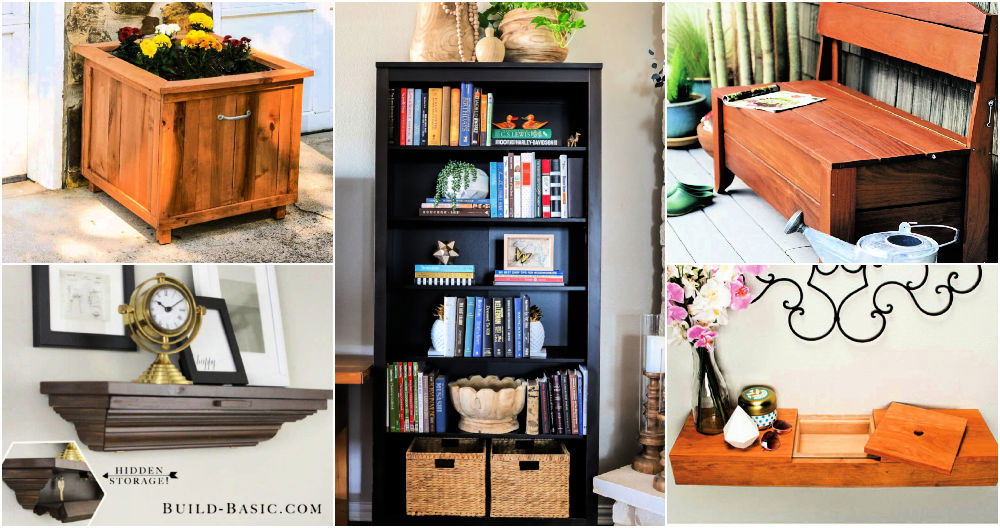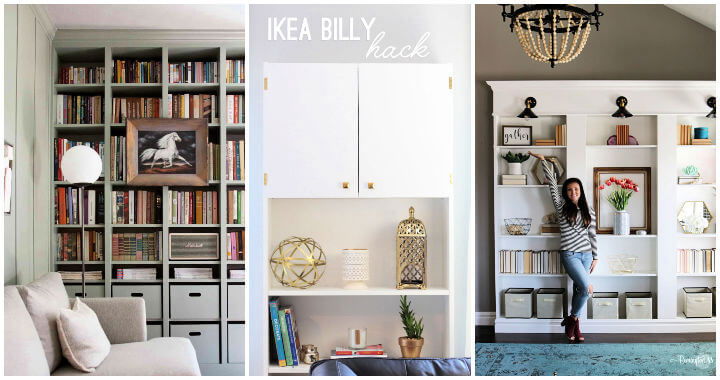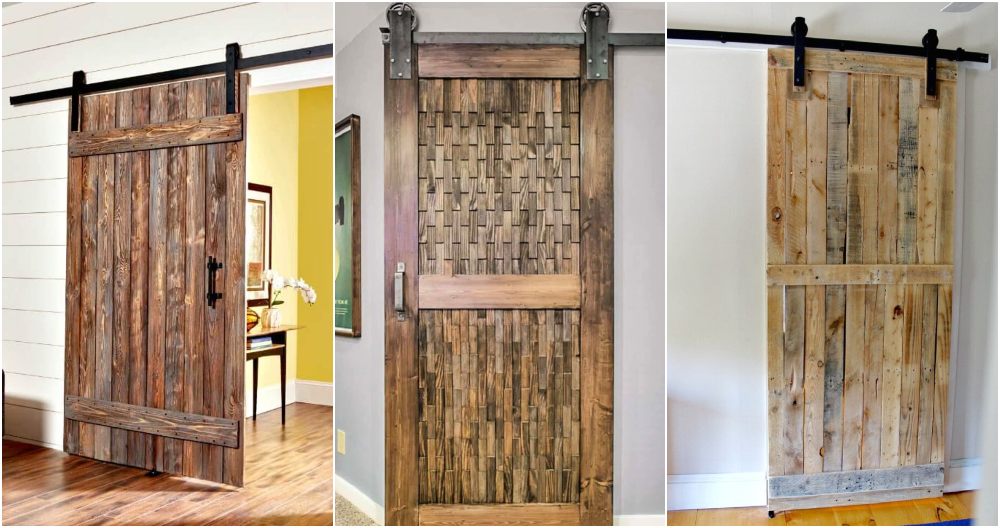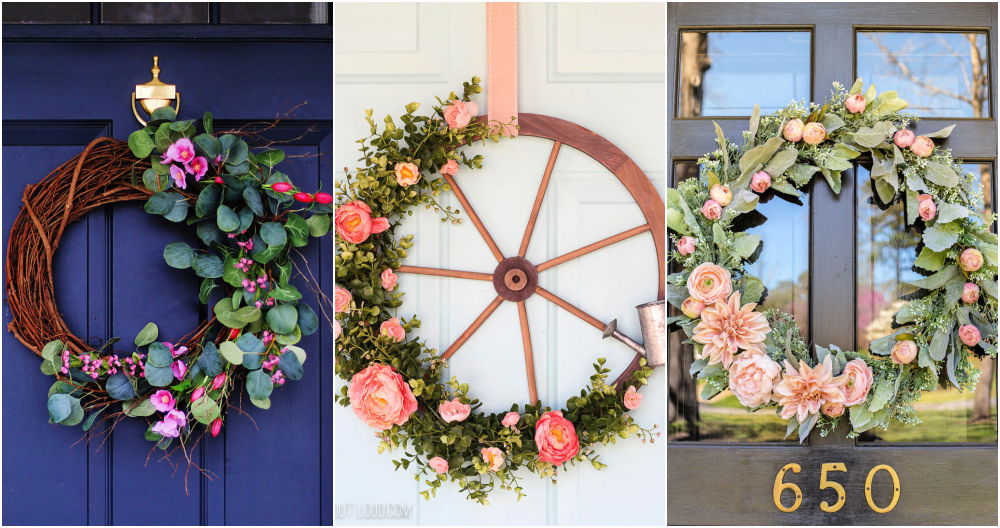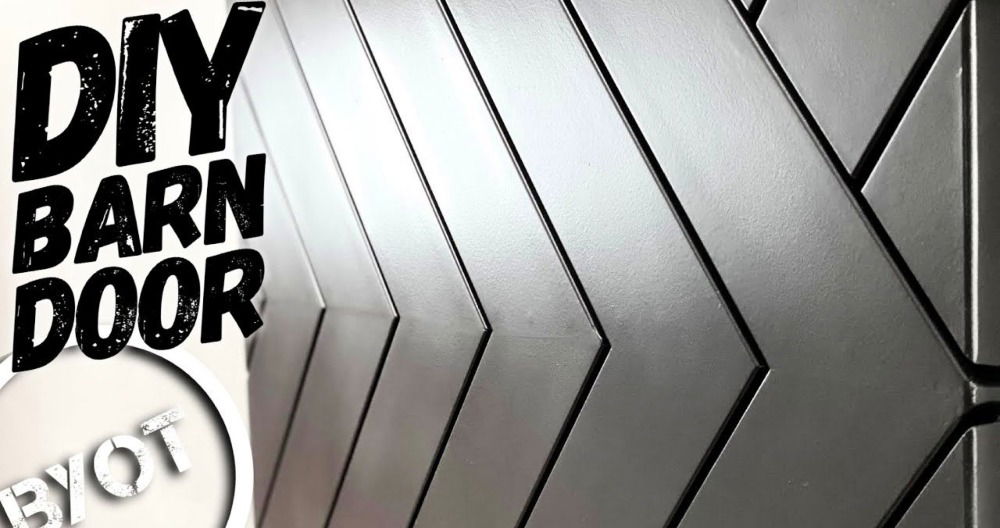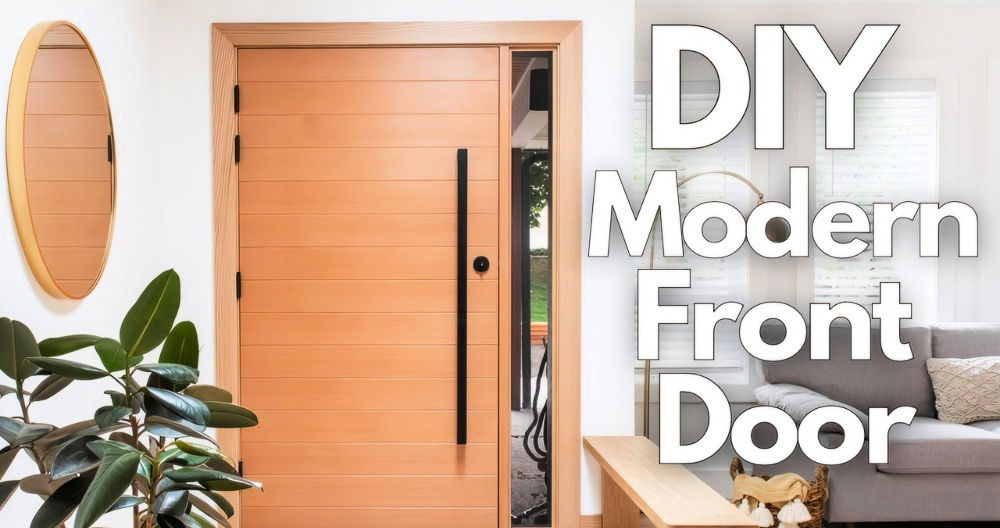Building a DIY hidden bookcase door was something I always wanted to try. One weekend, I decided to jump into the project. I gathered all the needed materials: wood, screws, hinges, and a few tools. By starting with a sturdy base, I ensured my door would be both strong and functional. The frame took shape quickly, and it was exciting to see it come together.
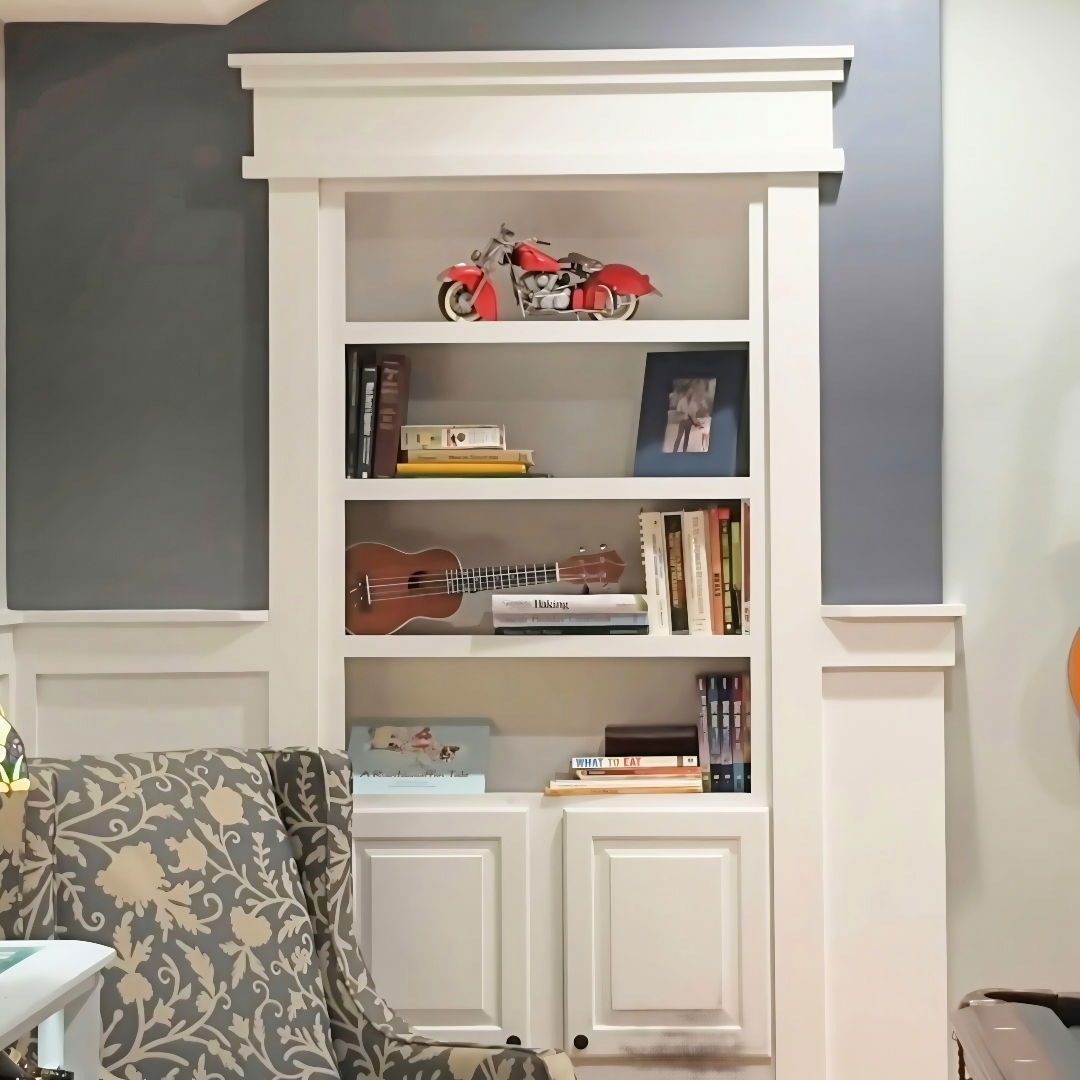
Once the bookcase frame was ready, I carefully attached it to the wall with hidden hinges. This allowed the door to open smoothly and remain invisible when closed. I then added some books and other decorations to complete the look.
Building this DIY hidden door was both fun and rewarding. I believe you can do it, too, with these simple steps.
Setting the Stage: Why a Hidden Bookcase Door?
The project aimed to add fun and make practical use of space in our home. Online kits lacked customization and were costly. To stay within a $100 budget, I chose to DIY.
Gathering Materials: What You Need
Making a hidden bookcase door from scratch required more than just wood and nails. Here's a list of materials I used and why:
- 2x4 Lumber and 3/4 Inch Plywood: These formed the core structure of the bookcase door, providing the necessary durability.
- Quarter Inch Plywood and Whiteboard: This is for covering and beautifying the door.
- Heavy-Duty Door Hinges (6): Essential for supporting the door's weight once books are added.
- Magnetic Door Catches: To keep the door closed firmly without compromising the bookcase's secret nature.
- Primer, Paint, and Stain: For aesthetic finishing touches that align with our home's interior.
Each material was chosen with care, ensuring my hidden door would not only look part of the home but could stand the test of time (and two energetic kids).
Step by Step Instructions
Learn how to build a hidden door with our step-by-step guide. From design to adding the secret mechanism, follow easy instructions for a seamless project.
1. Design and Measurements
Planning was a crucial step. I needed the bookcase to be deep enough to store books yet sleek enough not to betray its true function. Measurements had to be precise, especially since the bookcase had to swing open without hitting the adjacent wall.
2. Building the Frame
Using the 2x4 lumber, I constructed a robust frame, ensuring it was square and level to avoid any future sagging. This frame was then covered with 3/4 inch plywood for added stability.
3. Mounting and Sizing the Door
Mounting a sturdy plate to the wall to which the hinges were attached was a critical step. After a test fit to confirm my calculations, I proceeded to sandwich the frame within quarter-inch plywood for a sleek finish.
4. Adding Shelves and Finishes
Shelving was done using a blocking technique, which simplified measuring and installation. After this, it was all about adding the cosmetic touches—painting, staining, and attaching the heavy-duty door hinges for smooth operation.
5. The Secret Mechanism
To maintain the door's hidden nature, I utilized magnetic door catches. These were discreet yet effective in keeping the door closed. For opening, a custom handle inside the bookcase ensured ease of access from within the secret room.
Triumphs and Trials: What I Learned
Ensuring the door was perfectly balanced and swung without friction was the most challenging part of the project. My initial miscalculation with the hinge alignment was a setback, but it taught me the importance of double-checking my work before proceeding.
I found that attaching a separate face frame and sanding between primer coats led to a smoother, professional finish.
Customization Tips for Your Murphy Door
Building a Murphy door is not just about adding a functional element to your space; it's also an opportunity to infuse your personal style and meet specific needs. Here are some tips to help you customize your Murphy door in a way that's both unique and practical.
Reflect Your Style
Think about the overall decor of the room where your Murphy door will be installed. Do you prefer a sleek, modern look, or is your space more traditional? Select materials and finishes that complement your style. For example, a high-gloss paint finish can give a contemporary feel, while a stained wood finish might be better suited for a classic look.
Incorporate Shelving
One of the most popular ways to customize a Murphy door is to add shelving. This can be used to display books, collectibles, or even small plants. When designing the shelving, consider the weight it will need to support and ensure the shelves are securely attached to maintain the door's functionality.
Hidden Compartments
For those who love a bit of mystery, hidden compartments within the Murphy door can be a delightful feature. These can be used to store valuables, secret messages, or just about anything you'd like to keep out of plain sight. The key is to make the compartments blend seamlessly with the rest of the door so they remain undiscovered until needed.
Artistic Touches
Your Murphy door can also serve as a canvas for your artistic expression. Whether it's a hand-painted mural, a decoupage of your favorite images, or a collection of vintage door knobs, use this space to showcase your creativity.
Practical Considerations
While aesthetics are important, don't forget the practical aspects. If your Murphy door leads to a utility space, consider adding hooks or organizers on the backside to maximize its use. Also, think about the handle or pull mechanism—it should be comfortable to use and match the door's design.
Safety First
Always prioritize safety in your design. Ensure that the door opens and closes smoothly without any risk of falling or slamming. If you have children or pets, consider adding safety locks to prevent accidental openings.
Follow these tips to build a Murphy door that reflects your personality and demonstrates your ingenuity.
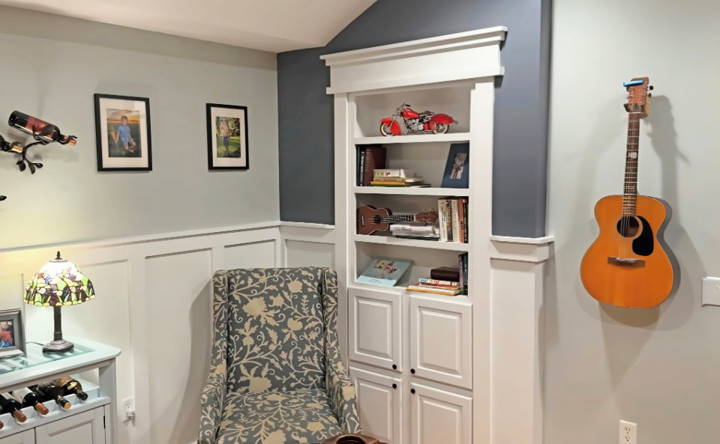
Advanced Features for Your Murphy Door
Technology has opened up a realm of possibilities in the world of hidden doors. Here's how you can incorporate advanced features into your Murphy door to make it not only a secret passage but also a smart one.
Automation and Control
Imagine opening your Murphy door with just a tap on your smartphone or a voice command. Automation systems can be integrated into your door to provide this convenience. You can install a motorized system that quietly and smoothly operates the door, ensuring it's easy for anyone to use.
Security Enhancements
Security is paramount, especially when your Murphy door conceals a safe room or valuable items. Biometric locks, such as fingerprint or retina scanners, can be added to ensure that only authorized individuals can access the door. Additionally, you can connect the door to your home security system for real-time alerts and monitoring.
Environmental Sensors
Your Murphy door can be more than just an entryway; it can help monitor your environment. Install sensors that detect smoke, carbon monoxide, or even changes in humidity and temperature. This way, your door not only hides a space but also helps keep it safe.
Smart Home Integration
Connect your Murphy door to your smart home network. This allows you to control lighting and temperature and even play music in the hidden room through the same system that manages the rest of your house. It's all about making a seamless experience.
Energy Efficiency
Consider the environmental impact of your Murphy door. Use materials and automation systems that are energy-efficient to minimize your carbon footprint. LED lighting strips can be added to the edges of the door for a futuristic look that's also eco-friendly.
Adding these features makes your Murphy door a modern home element, enhancing lifestyle with convenience and safety. Ensure the technology is user-friendly for everyone.
FAQs About How to Build a Murphy Door
Discover the FAQs about building a Murphy door, offering step-by-step guidance, expert tips, and practical solutions for your DIY project.
A Murphy Door is a specialized door that doubles as a bookshelf or other storage unit, allowing you to maximize space and conceal a room or closet. It’s designed to be discreet and can blend seamlessly with your room’s decor.
To measure for a Murphy Door, you’ll need to take three key measurements: the width, height, and depth of your door jamb. It’s best to measure the rough opening if possible. These measurements will help ensure that your Murphy Door fits perfectly in your space.
Yes, you can install a Murphy Door yourself. The doors come fully assembled and pre-hung in the jamb, making installation similar to that of a standard interior door. You’ll find easy-to-follow instructions and support videos to guide you through the process.
To ensure smooth operation, carefully follow the installation guide, making sure the door is level and the gap is even. Use the provided pin remover tool to adjust the ball bearing pivot hinges for the Single and French Doors. Regular maintenance, such as checking the hinges and ensuring the door is free from obstructions, will also keep your Murphy Door functioning properly.
To maintain the aesthetic appeal of your Murphy Door, choose a design that matches your room's style. Paint or stain the door to match your existing woodwork. Regularly dust the shelves and door surface, and touch up any scratches or dings promptly to keep it looking fresh and new.
Conclusion
In conclusion, learning how to build a hidden bookcase door can be a rewarding and exciting project. By following a DIY hidden door plan, you can transform a regular bookshelf into a secret passage. This project not only adds a unique feature to your home but also provides a surprise element for guests.



